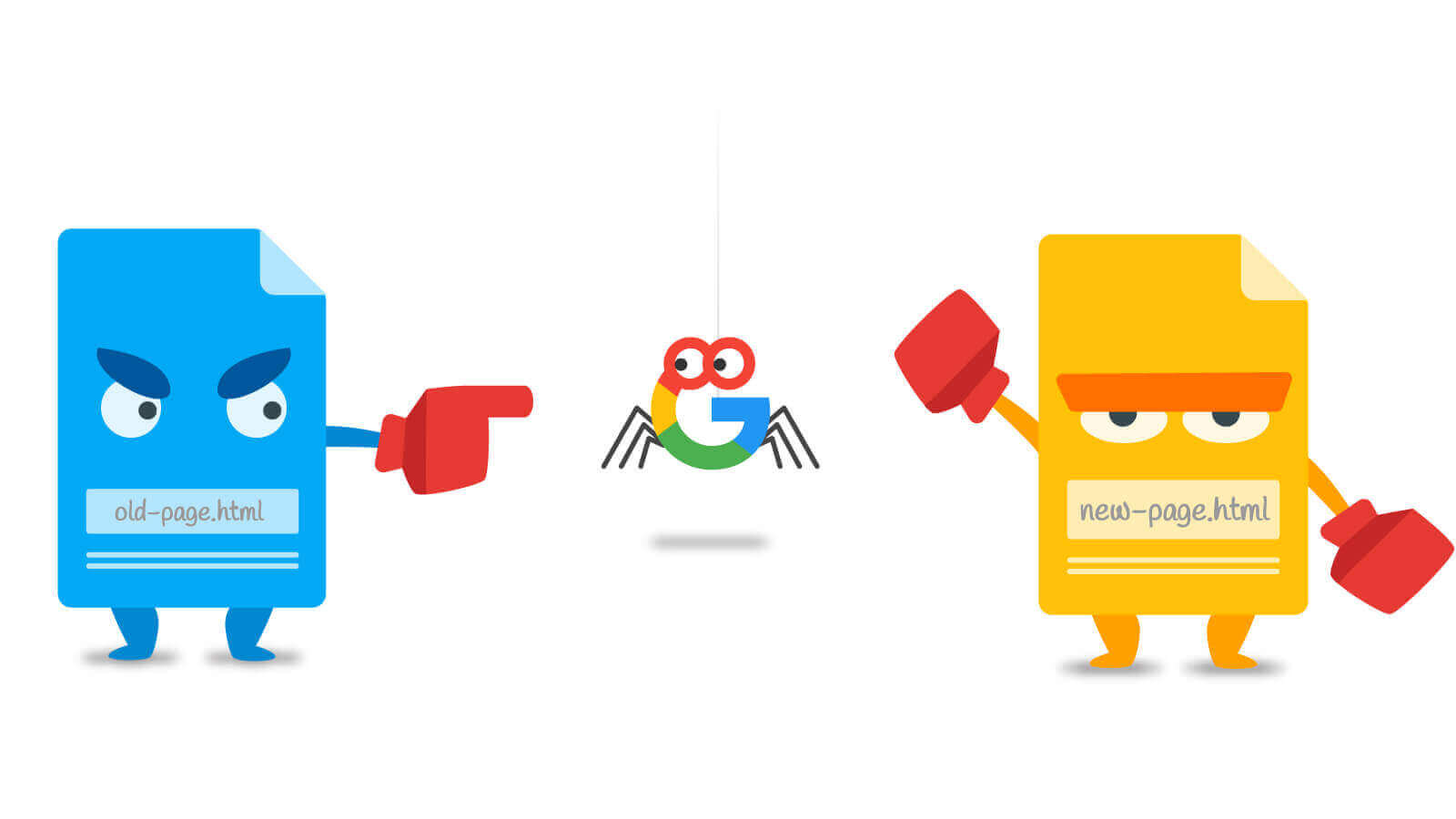

Web Content
Why You Should Not Neglect Your Old Content
Content is, and always has been, king. Sure there is a sudden emphasis on content marketing that started in these past couple of years. But really, content is the very basis of what makes the web.
And as an online marketer this is perhaps one of your most important focus. You work hard to publish new blog posts, send new tweets, launch new ebooks and market your products and all that. Rinse, repeat, and pump your valuable time into creating fresh, new and engaging content.
Fresh content that almost instantly becomes old.
New stories get pushed off from your homepage, posts move to the second page, your offers are no longer relevant. It is easy to put all this work into creating new content and neglecting your old one.
Chances are, a significant chunk of the monthly page views of your blog is of old content. Items that you published more than a month ago, start ranking well in search results, get shared, linked to and bring in traffic and visitors.
Which makes perfect sense.
But at the same time it is imperative that you optimize your old content too — new content gets that initial surge of direct traffic via email, social sites and search engines, but old content that has had time to marinate is also equally valuable.
Sure, it may be outdated. The information you shared in a blog post may have accumulated holes and may not be completely accurate. An ebook you created could be filled with inaccuracies.
And this is where this strategy comes into play.
Updating, republishing and re-promoting your old but valuable content can not only prove to be a timesaver, but is perfect for use as ramp up. Identify your targets, dig deep into your web analytics and look for your old content that still gets a high amount of traffic.
Then decide on how you can repurpose it. It could be as simple as updating an offer, reflecting new changes in an ebook, or even highlighting a popular blog post. Just don’t forget to have an effective CTA (call-to-action) and optimize your old content for conversion.
Work out and employ a strategy here, and you could be generating new leads with very little work.
Web Content
How to test a copywriter

How to test a copywriter.
There are two areas that are really difficult when I think about building an online business from scratch or creating a website.
Deciding on a good logo and finding a good copywriter.
What is a copywriter?
Well when you get technical, a copywriter is a professional specializing in creating a compelling description of the value of your product or service in order to drive a lead or customer conversion.
Basically someone you hire to make your skills or product POP with words.
In module 6 of the Online Business Roadmap course, I describe in detail all the benefits of a good copywriter and how to safely and responsibly hire one.
I will tell you though, while a good copywriter is worth their weight in GOLD plutonium, it’s not easy to find one.
This is primarily because all a mediocre or amateur writer needs to do in order to pretend they have some skills is send you someone else’s copy or content.
It’s hard to know whether the person presenting a sample to actually wrote it.
Here are my suggestions for testing any copywriter you want to hire.
Obviously ask for a sample
Not rocket science – get them to send you something they have written.
Ask for references
Ask for people they have worked for before and CALL them. Most customers never make the follow up call. Make sure you do.
Next, ask for a custom sample
Give them less than 24 hours to write something YOU ask for (pay a small fee if you have to – less than $100). This doesn’t have to be a full article – maybe even a few paragraphs – just so you can get a feel for the writing style.
Finally, give them the edit test
This one is simple – ask a copywriter or someone you respect to find an article that is badly written. Take (internal) notes about all the reasons why it is badly written. Once you have that, send the article (without the notes obviously) to the new copywriter.
Ask them to tell them what is wrong with the article in less than one hour (be willing to pay a small fee for this too).
If they come back with good edits and suggestions and everything else works out – you have a good faith confirmation to go on. If they start to give you excuses and are not willing to be tested, tell them to go jump in a lake.
Over the past 15 years, I have tested over 100 copywriters this way and less than 10 have passed. All of the candidates who passed did great work for me so I’m pretty sure this process works.
What do you think? What has been your experience with hiring copywriters?
Use the comments below and let me know.
Marketing
Infographic: Why People Hate Your Content

Content is king. We all have heard this phrase before. But not everyone stops to think why content is king. And why it has to be treated like one. The web is, now, the most important resource of information for people.
With nearly 3 billion already using the Internet in one way or another, and millions joining in daily, the audience is huge. But it’s important to deliver information to these people that is effective.
Effective and impactful.
The digital revolution is demanding, if nothing else. Online businesses need to deliver unique, relevant and fresh content — something that immediately engages the reader. But most importantly, your content needs to be sharp, clear and compelling.
With the intense competition, you have to be one step ahead, not simply keep up.
But people have different needs, and to deliver, you absolutely have find out what your customers and audience want. No one content strategy works for all, or every type of online business. It has to be custom designed for each niche and specific audiences.
Want to see how varied the landscape is?
This infographic from Stratton Craig sheds a little light on what good and bad content looks like. It makes for a rather interesting read, with some surprising statistics.
The survey was conducted on 712 people, aged 18 to 65 (and beyond), and they were asked to define what they enjoy online, what they don’t enjoy, what type of content they like and what they dislike on the web. Online shopping, as you can see, is not high on this list.
Equally surprising are the bit about blogs, with a shocking 0% of the 18-to-24 year old respondents enjoying reading them. Video, on the other hand, is key for younger demographics.
It’s a pretty illuminating read, surprising even in some sense, but should provide a few pointers for you to chart out your content or content marketing strategy.
Click the infographic below to view the full high-resolution version.
Marketing
Infographic: The Power Of Visual Content

Infographics are effective. Highly effective. People much prefer to look at pretty pictures or amazing videos, than read plain text. And the reason for that is simple.
The brain has to do less work to digest information when it’s presented visually.
This makes infographics and visual content a lot compelling — this type of content drives more traffic and brings more results than plain text material. Brands and businesses are benefiting from using infographics in their marketing.
The infographic below illustrates the power of visual content:
“It is no secret that consumers respond better to visual marketing, and this is one reason that infographics have become such a popular and effective form of online marketing. They allow you to present information in a way that your audience will actually absorb your message, instead of just skimming through blocks of text and only retaining a very small percentage of the information.”
Some interesting highlights here.
But the most pushing one is the fact that the brain process visual information 60,000 times faster than text. Going to have to do a little digging on this one to locate the source. Seems too good to be true!
Other than that, there are several appealing pointers here, including how an infographic is 30 times more likely to be read than a text article. Sounds about fair, particularly for people on mobile devices. Not everyone wants to read lengthy text on smartphones or tablets.
The sales and infographic marketing statistics are also fascinating, including the popularity of infographics on Google. Quite a few important takeaways overall.
Click the infographic below to view the full high-resolution version.
-

 Website Performance7 years ago
Website Performance7 years agoWebsite Optimization Tips – Optimizing the Order of Styles and Scripts
-

 Web Content8 years ago
Web Content8 years agoHow to test a copywriter
-

 Website Performance7 years ago
Website Performance7 years agoWordPress Performance Tips – Enable Keep Alive
-

 Web Content11 years ago
Web Content11 years ago7 Basic Principles Of Good Writing
-

 Digital Marketing Training6 years ago
Digital Marketing Training6 years ago13 Steps To Building A Profitable High Traffic Technology Blog – Part Four – your logo
-

 Digital Marketing Training6 years ago
Digital Marketing Training6 years ago13 Steps To Building A Profitable High Traffic Technology Blog – Part five – WordPress Hosting
-

 Research and SEO11 years ago
Research and SEO11 years agoNew Google Penguin Algorithm Update Being Rolled Out
-

 URL Redirects7 years ago
URL Redirects7 years agoSpeeding Up WordPress – Avoid Landing Page Redirects

















4 Comments